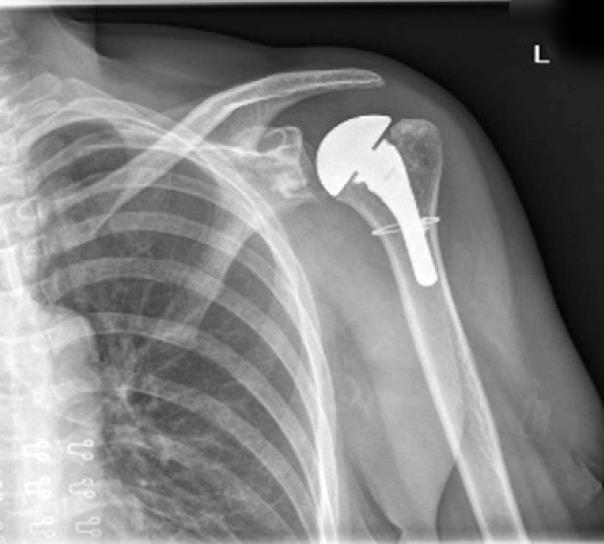Total Hip Replacement Complications Orthobullets

Complications and risks of total hip replacement surgery have been identified.
Total hip replacement complications orthobullets. Periprosthetic femoral neck fracture incidence of 0 to 4 more common than in tha. Obq06 232 during a minimally invasive approach to total hip arthroplasty a femoral periprosthetic fracture occurs. She undergoes an uncomplicated total hip replacement. In a total hip replacement also called total hip arthroplasty the damaged bone and cartilage is removed and replaced with prosthetic components.
Arthritis damage is the most common reason to need hip replacement. Obq13 98 during templating for a total hip arthroplasty placing the femoral head center of rotation directly superior to the center of rotation of the acetabular component will have which of the following effects. This blood can be used for transfusion if needed autologous transfusion. Preoperative banking of the blood of patients planning total hip replacement is considered when possible.
Stability conferred by bony architechture. He is currently asymptomatic. Obq06 174 figure a shows an ap hip radiograph of a 72 year old woman who had had a right total hip arthroplasty fifteen years previously. Orthobullets team recon hip resurfacing.
The femoral stem may be either cemented or press fit into the bone. When discussing metal on metal hip resurfacing versus metal on polyethylene total hip replacement. Ct imaging of the affected hip shows non contained defects in both the anterior and posterior columns of the peri acetabular region affecting greater than 50 of the weight bearing surface. Which of the following steps is crucial to properly treat this complication.
Also called total hip arthroplasty hip replacement surgery might be an option for you if your hip pain interferes with daily activities and nonsurgical treatments haven t helped or are no longer effective. Physical exam shows normal post operative range of motion and strength in. Obq06 141 the preoperative pelvic radiograph of a 63 year old female with osteoarthritis is shown in figure a. Ball and socket type of diarthrodial joint.
Sbq07hk 3 a 56 year old gentleman presents to your office one year after undergoing total hip arthroplasty with the implant seen in figure a. Augmented by acetabular labrum and hip capsule. Six weeks post operatively she complains that her right leg is longer than her left and an ap pelvic radiograph is obtained which is shown in figure b.


















